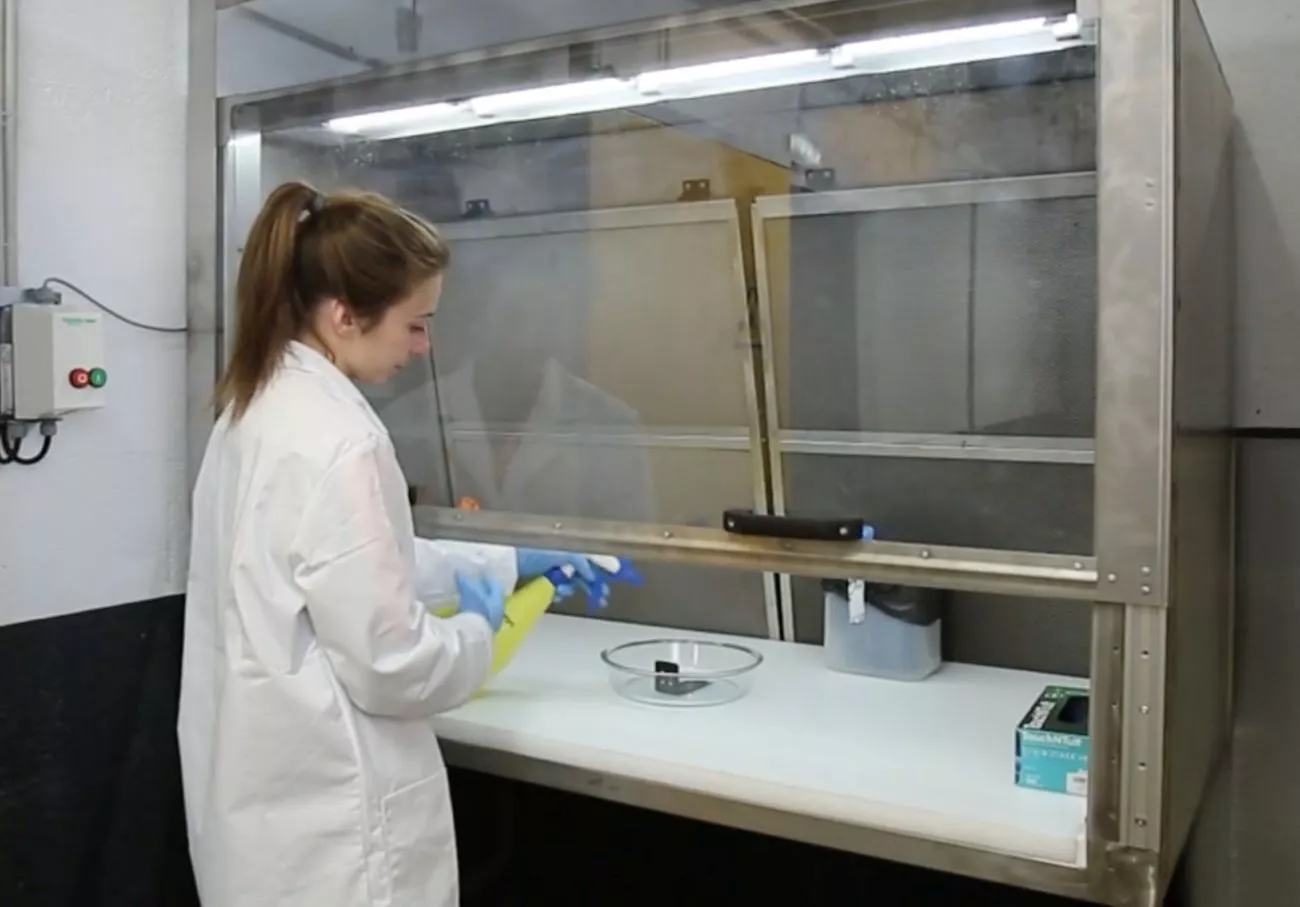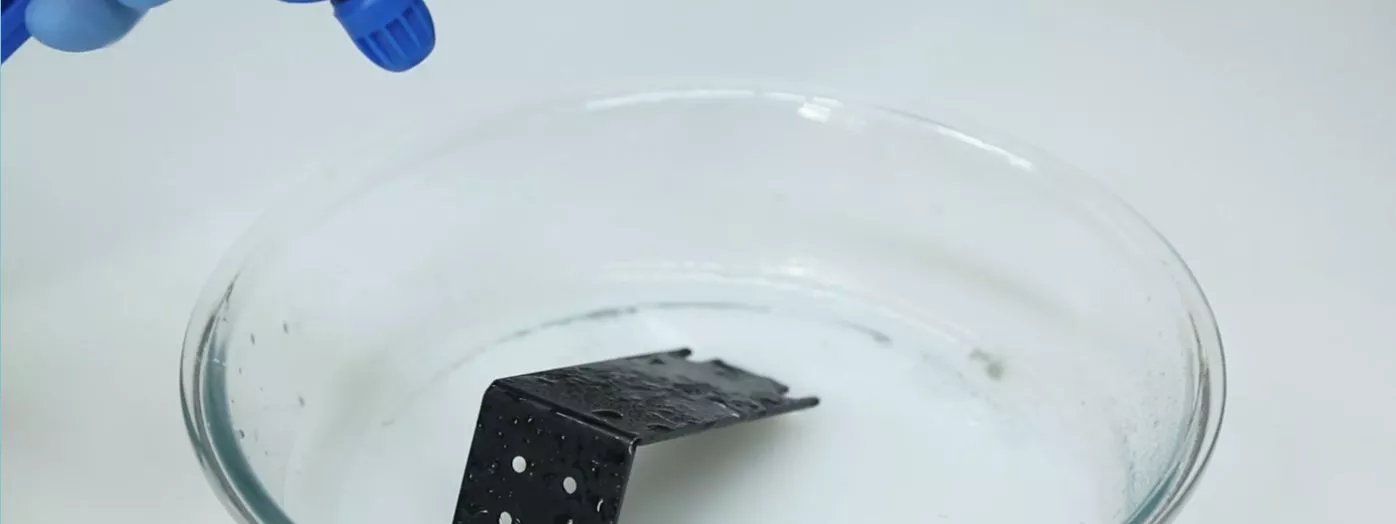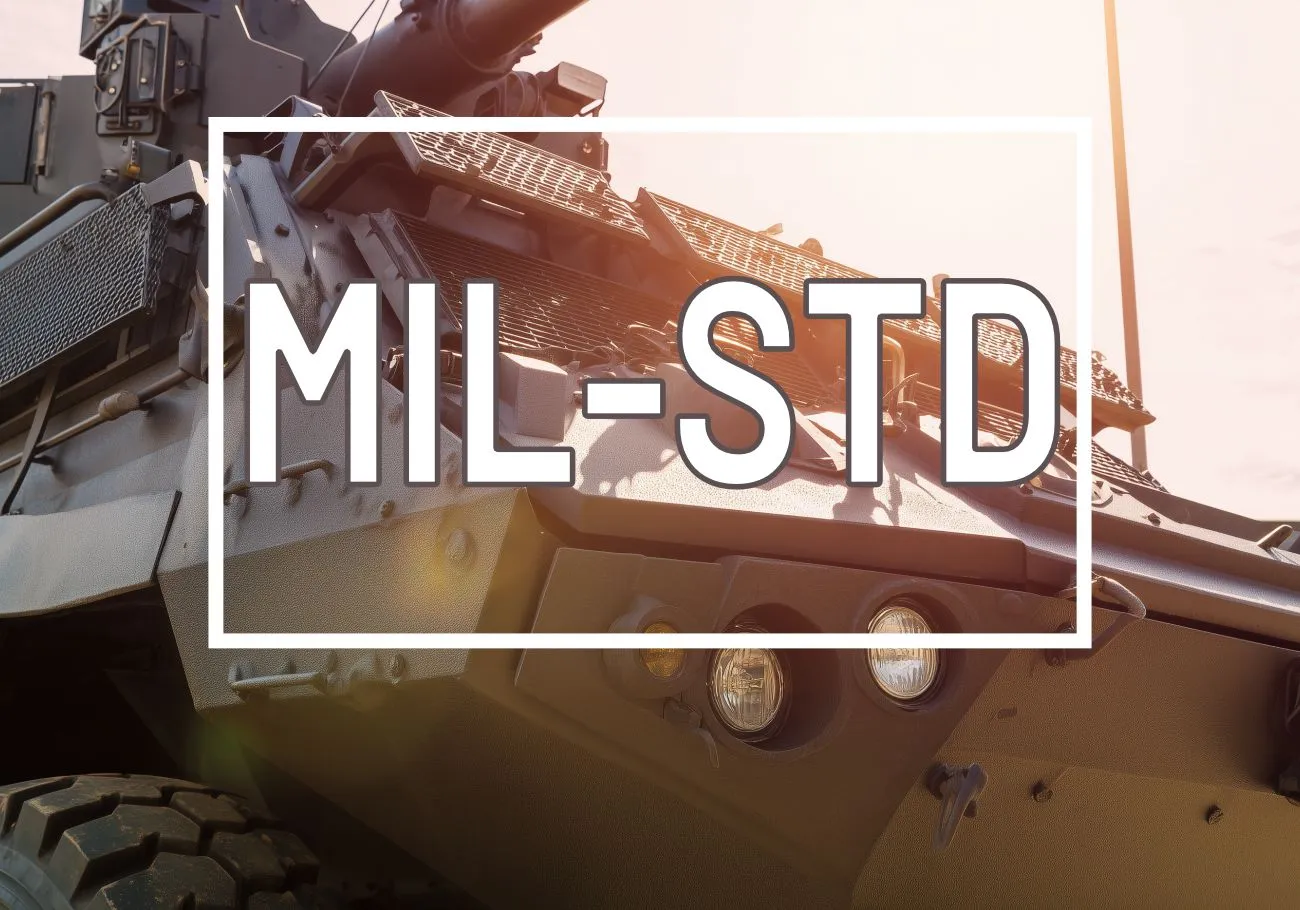Fluid resistance tests
Validate the resistance of equipment and its materials to contamination by fluids
Why carry out fluid resistance tests?
- Assessing the resistance of equipment and the materials that make it up to fuels, oils, solvents, cleaning fluids and other contaminants.
- Test compliance with industry standards to guarantee the expected performance of equipment.
- Optimise the selection of materials used in the manufacture of equipment**
- Validation of equipment marking or labelling

Types of fluid resistance tests
- Prolonged immersion: Simulation of prolonged contamination.
- Spraying, coating and soaking: Simulation of occasional or intermittent contamination
CBRN (chemical, biological, radiological, and nuclear) testing - Equipment resistance testing with decontamination products.
At our Saint-Chamond facility (near Lyon), we conduct tests on equipment resistance to decontamination products in a CBRN context.
These tests on resistance to decontamination products mainly comply with NATO STANAG 4370 and US MIL-STD 810 standards.
Our fluid resistance testing services
Our testing capabilities and technical resources
Test equipment
- Fume cupboard test rig: Controlled immersion and spraying.
- Climatic chambers: Storage under different temperature conditions.
- Visual inspection (light booth) and functional inspection after testing
Talk to our experts in fluid resistance testing
Types of fluids tested
- Fuels (JP-8, JP-5, etc.) and hydraulic fluids (H-515, H-537, etc.)
- Brake fluids (G-353, G-359...) and lubricating oils (O-142, S-1748...)
- Solvents and cleaning agents.
- Insecticides (Callington, etc.), disinfectants and extinguishing agents (FM200, Halotron, etc.)
- Sweat, coffee, soda and other everyday liquids.
Standards applicable to fluid resistance tests
- RTCA DO-160 Section 11: Tests for aeronautical equipment.
- MIL-STD-810 Section 504: Military fluid resistance tests.
- ISO 16750-5: Chemical stresses on road vehicles.
- EN 3475-411: Electrical cables for aeronautical use.
- EN 3909: Fluid tests for electrical and optical components and sub-assemblies.
- STANAG 4370, GAM EG-13: Specific standards for military applications.
Failure modes identified during testing
- impairment of mechanical and electrical performance** **Corrosion and cracking of materials
- **corrosion and cracking of materials
- **Swelling, blistering and delamination of coatings **
Integrate fluid resistance testing into product development
- Analysing the normative requirements specific to your sector.
- Implementing tests using protocols tailored to your products.
Needs
Discover a selection of additional resources that explore topics related to this page including regulatory contexts, technical articles, and specific areas of expertise. These materials provide further insight to help you better understand the key challenges and available solutions.
Contact us for a quote









